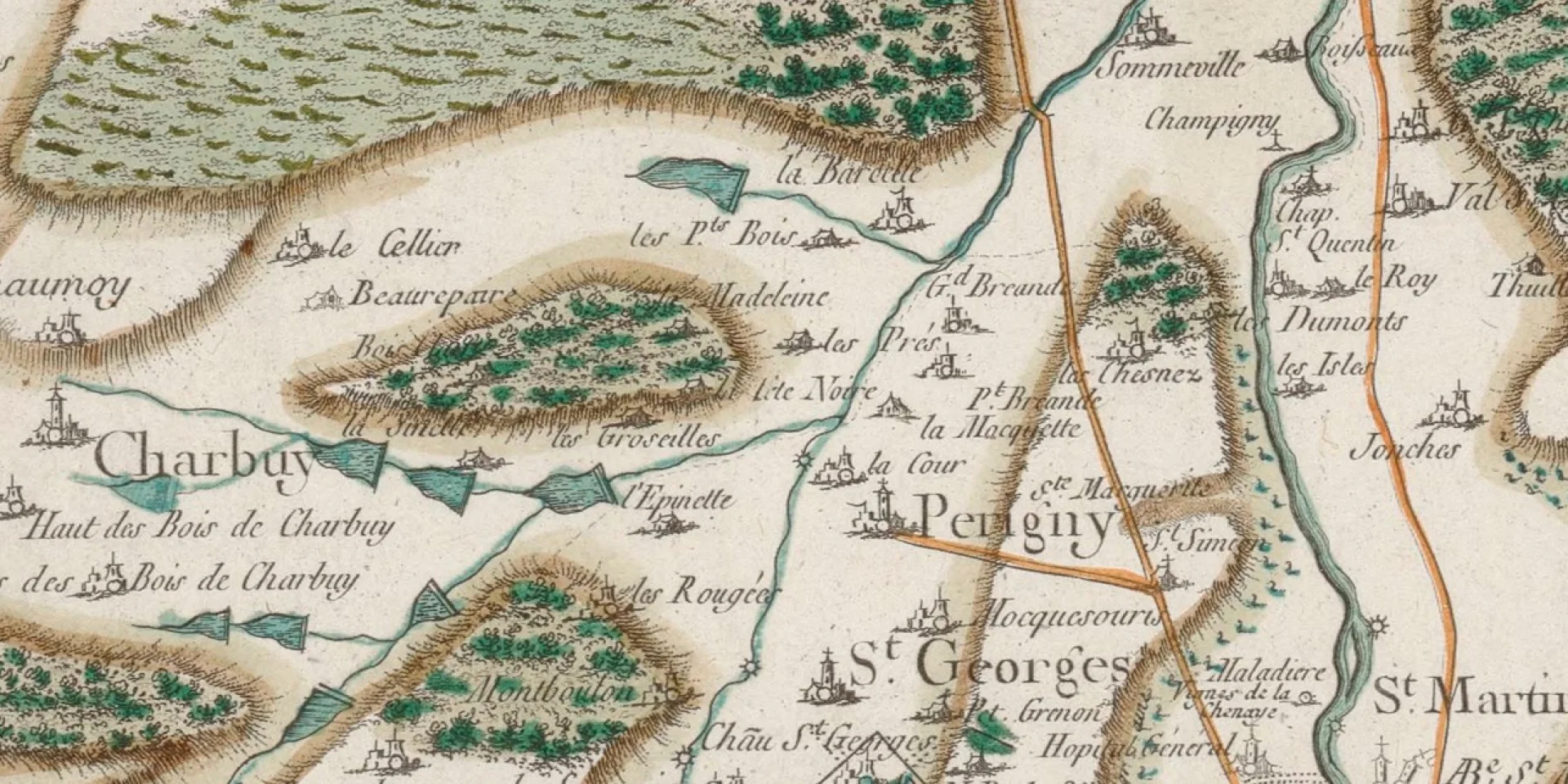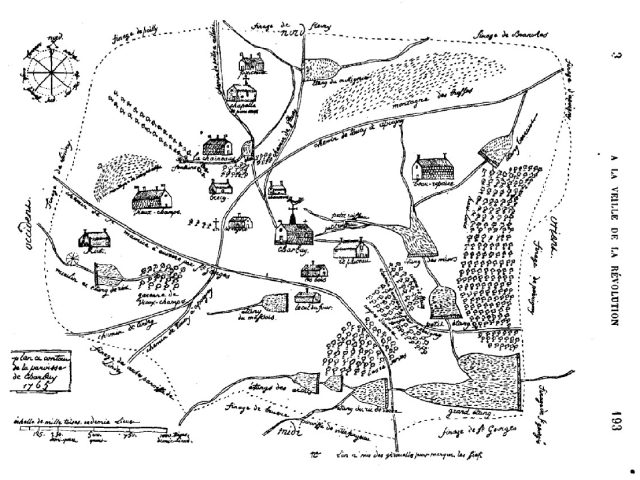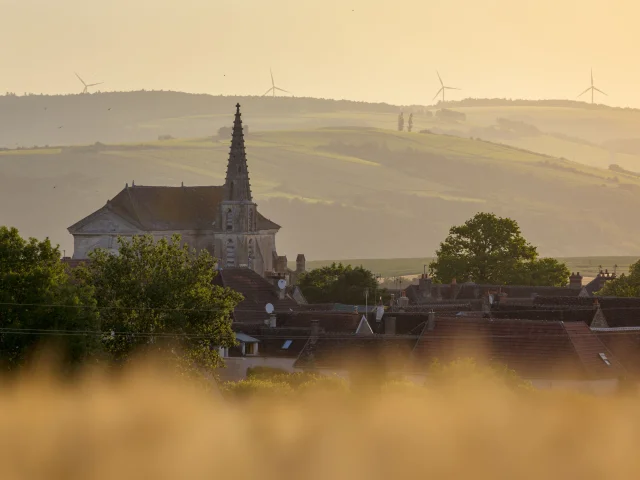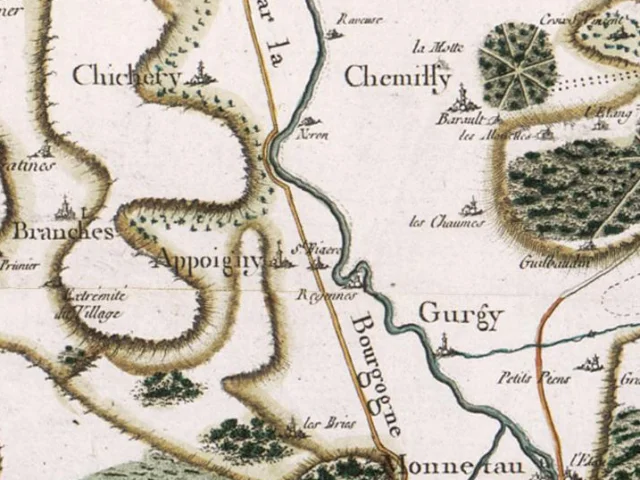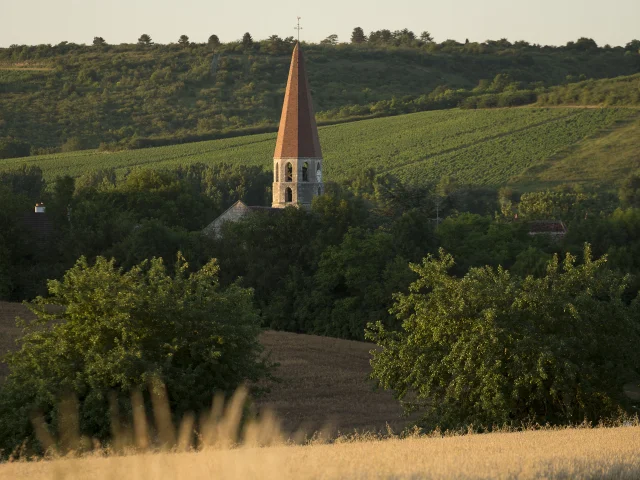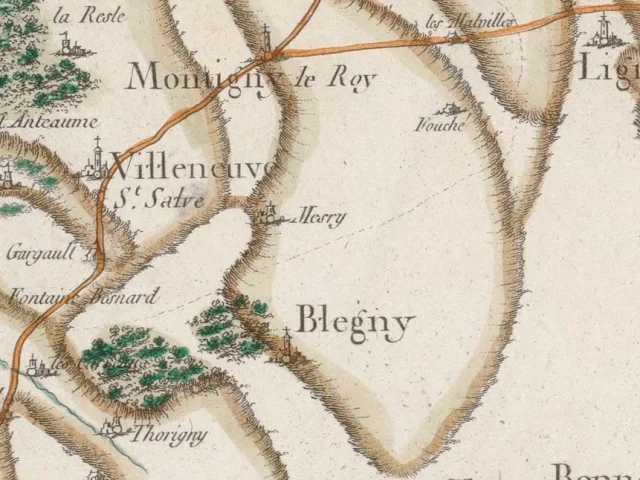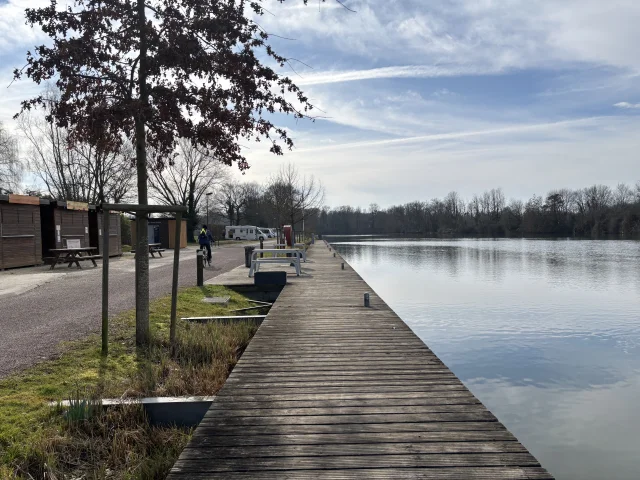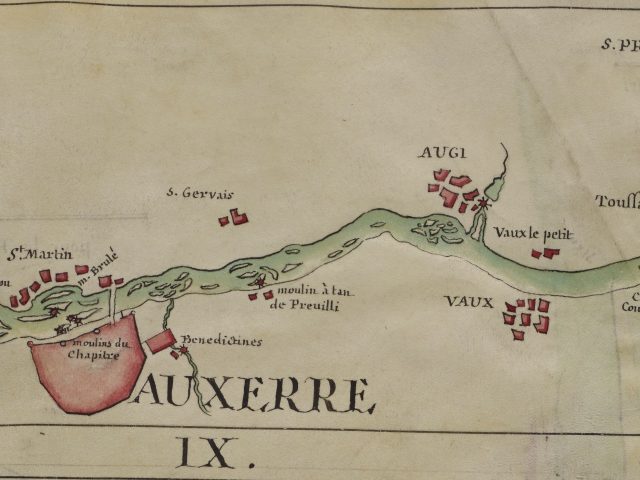Charbuy first appears in texts under the name of ‘Carbaugiacus’ in the 7th century, although it is most certainly much older. It was bequeathed to the Church in the 5th century by the Bishop Saint Germain of Auxerre, along with other vast properties which he owned in the region. It was henceforth a fiefdom of the Bishops of Auxerre. The Château de Beaurepaire was built here and later destroyed in the 14th century. The commune encompasses 17 hamlets spread over 64 kilometres of road, some of which, such as Riot, Brécy and Le Ponceau, have existed since medieval times.
Château du Rosaire was built in the 19th century on the foundations of former buildings. It houses the nursery school, library and music school.
In the commune stands the Pierre Saint-Martin, a stone that marks the crossroads of four municipalities: Appoigny, Branches, Charbuy and Perrigny.
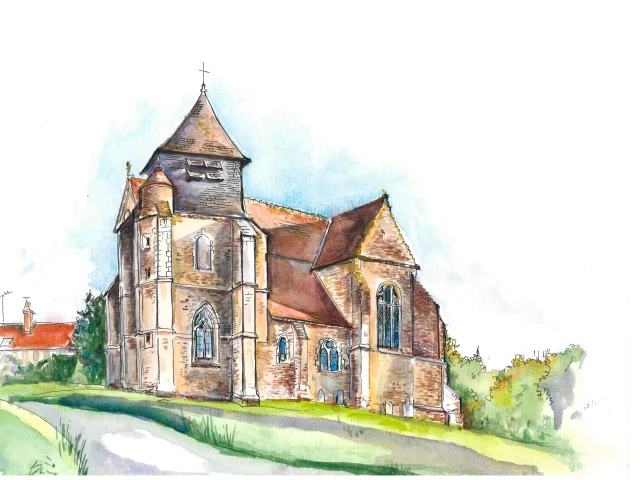 Charbuy Eglise Rotated
Charbuy Eglise Rotated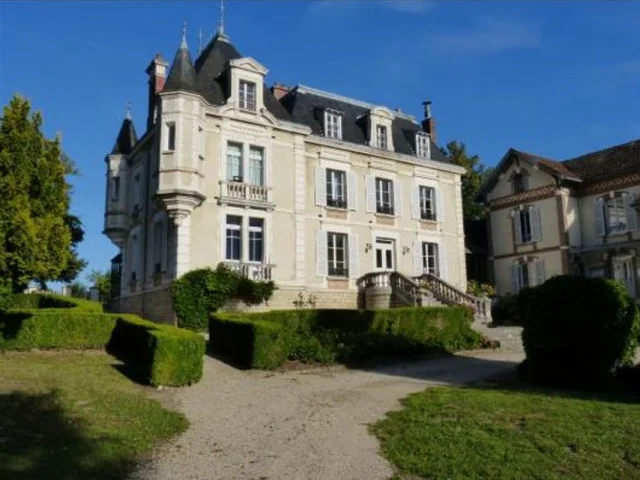 Chateau Du Rosaire Commune De Charbuy
Chateau Du Rosaire Commune De Charbuy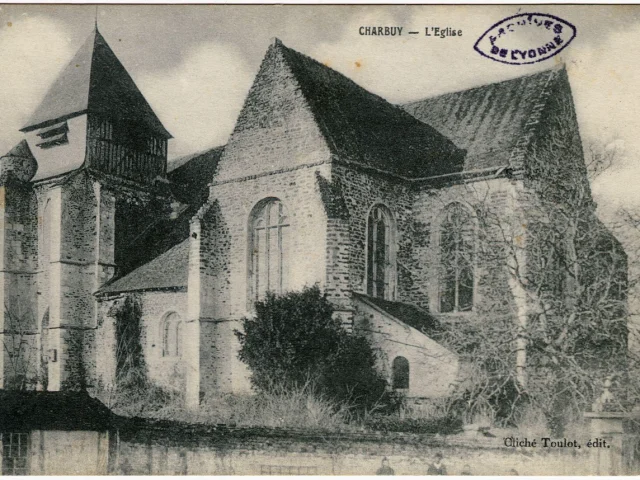 Charbuy. Leglise. Cliche Toulot. Debut Xxe Siecle Ad89 2 Fi 1945
Charbuy. Leglise. Cliche Toulot. Debut Xxe Siecle Ad89 2 Fi 1945